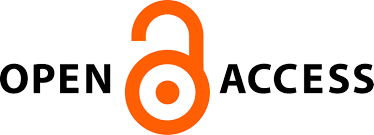Membatik sebagai Wujud Kreatifitas Siswa SLB N 1 Ampek Angkek Kabupaten Agam
Abstract
Making batik workshop was one of the Community Partnership Program conducted at a school for children with special needs known as SLB N 1 Ampek Angkek of Agam Regency. The workshop was participated by middle school and higher school students who are physically and mentally disadvantages, in order to develop their knowledge and skill. The students were given the skill of making batik to help improving and developing their attitude and awareness as individual and member of their society. Having such skills will allow them to make mutual contribution in their social, cultural and everyday life. This activity can also preserve the batik as traditional art and cultural heritage which worth protection and preservation. The workshop was conducted in two steps; knowledge presentations and practices. The practices were started by making the batik motives (patterns) of their own creations which convey the local genius. It was continued by making the canting cap (printing mold) from a cardboard and practicing the batik making by using printing method. The colors were made of natural and synthetic materials. The natural colors were extracted from the jengkol bean skin and tea powder. The batik was made on a scarf and long cloth. Their physical and mental disadvantages were not stopping the participants in expressing their creativity. It, on the other hand, allowed them to develop their skills, creativities and senses. Those can be concluded from the batik cloth which they produced which captured their creativity and innovations.





















